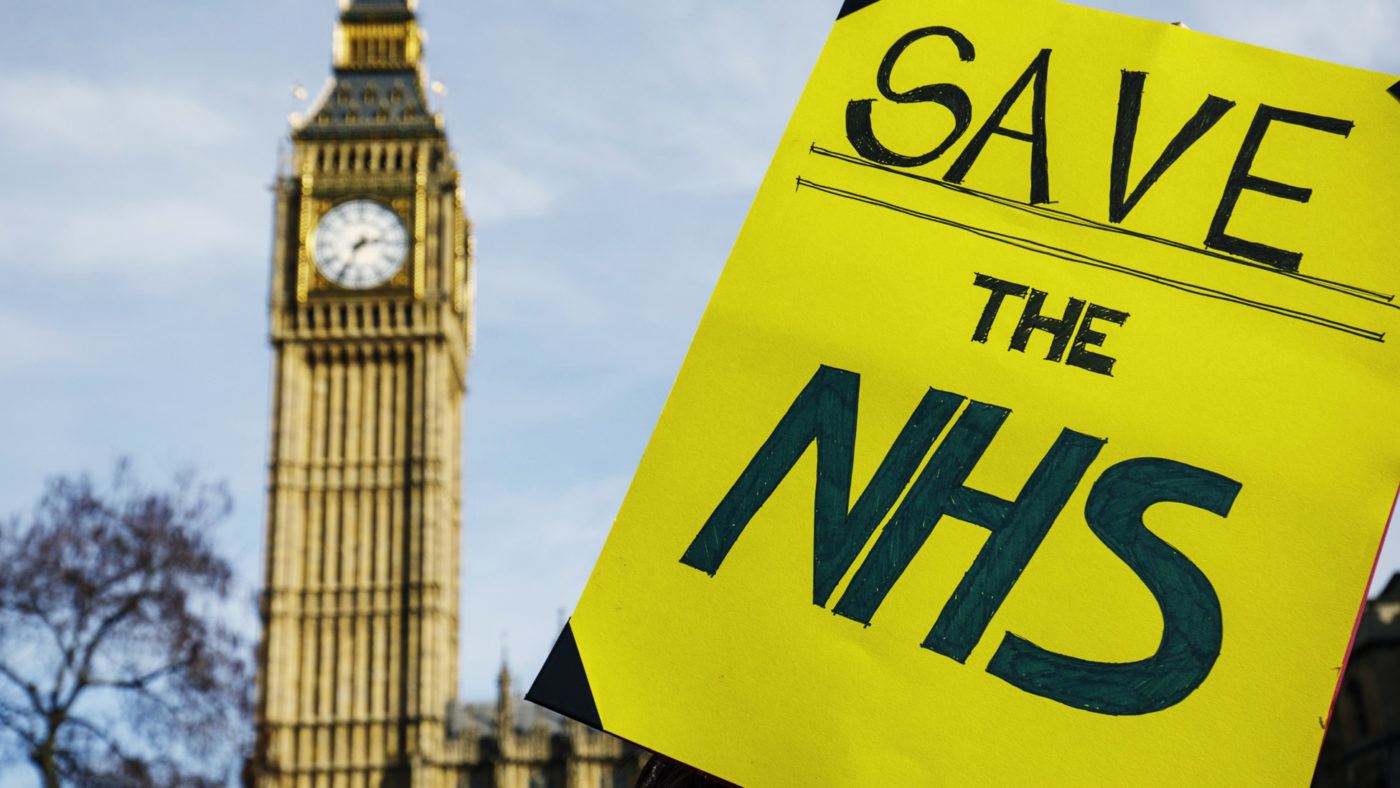Larry Elliott, over in The Guardian, tells us something very important about the public services. In 2007, he says, “the public sector was on the brink of meltdown”. We don’t have to look far to find people who will tell us that the same is still true, 10 years on.
Under the Brown Terror, at the end of the longest modern boom and the greatest peacetime ramp up of public spending, public services were in crisis. And today, with spending having risen only modestly, as a result of “austerity”, public services are still in meltdown.
All of which goes to show that it’s not how much money we spend – it’s how we spend that money that makes a difference. That’s why we simply must have markets in public services.
The underlying logic here is that of William Baumol, best known for Baumol’s Cost Disease. Average wages in an economy are determined by average productivity. And it is easier to increase productivity in manufacturing than it is in services – the canonical example being that a Mozart string quartet takes the same time to play today by the same number of musicians as it did in the 18th Century, when he wrote it.
Given the labour embedded in each, services will become more expensive relative to manufactures over time. Another example is that a custard tart, from an automated production line, would be far cheaper than the one prepared by the hand of a baker offering a distinctly personal service.
Then we come to Wagner’s Law, which dictates that since a lot of what we get from government is services, then government is bound to become more expensive over time. But that assertion misunderstands Baumol’s work on invention and innovation. It is innovation which increases productivity and it is markets which are good at promoting this, not planning nor government.
Another way to look at the same point is through the prism of total factor productivity. TFP effectively means being able to create more output with less input. Which means being more efficient – which is pretty much the aim of innovation most of the time. We want to be able to make or do this thing cheaper, as opposed to the other sort of innovation which is to be able to do new things.
As an example of how planning and markets deal with advancing TFP, Paul Krugman noted something interesting. It is possible to grow an economy simply by using more stuff to make stuff, without advancing TFP. Back in the last century, the Soviet Union managed to advance TFP not one whit nor iota. All growth, according to some estimates, came from the use of ever more resources. By way of contrast, Bob Solow has estimated that over the same period, 80 per cent of market-economy growth came from a rise in TFP.
Baumol’s insistence was not that we cannot increase services productivity. Only that it is more difficult to do so. We also note that market-based economic systems produce an increase in productivity, both through labour and TFP. Thus, the more we’re worried about the increased costs of services, as a result of the basic Cost Disease, the more we must insist that those services are delivered through a market based system.
Which is why, in conclusion, the education and healthcare systems must be based upon market competition. No, it doesn’t have to be capitalism, we can still have central and government financing of these things.
For as we can see from the past decade, whether we are liberal or austere in our spending upon public services, they are always in crisis. The only way that we can cure this problem is to make them more efficient in the relationship between inputs and outputs. The only way we know to increase said efficiency is through those markets. Thus markets we must have.


